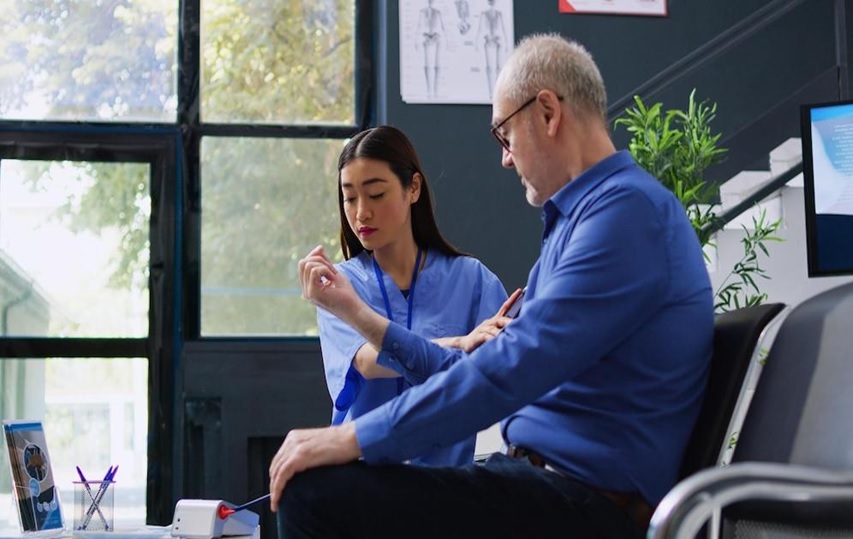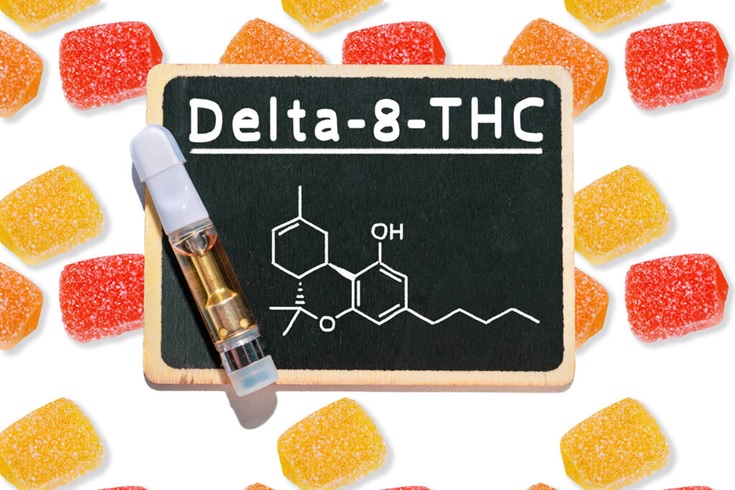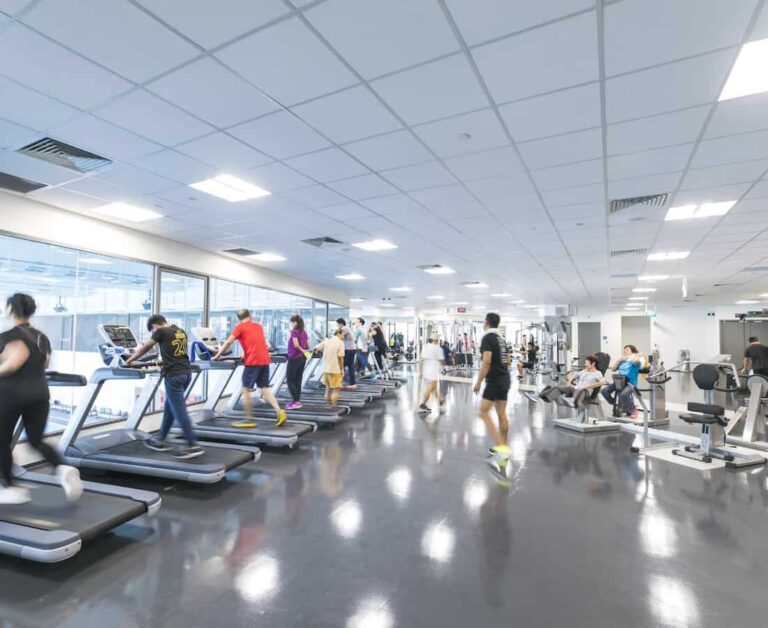Considering testosterone replacement therapy (TRT) for low testosterone symptoms? It’s essential to weigh the benefits and risks. TRT can restore testosterone levels but comes with risks like cardiovascular issues, acne, hair loss, and blood clots.
It may improve energy, cognitive function, sexual performance, muscle mass, and bone density, especially in older men. Consult a healthcare professional for personalized guidance on whether TRT is right for you.
What Is Testosterone Replacement Therapy?
Testosterone replacement therapy (TRT) restores testosterone levels in men diagnosed with low testosterone, or hypogonadism, caused by factors like age, medical conditions, or medications. Administered via injections, patches, gels, or pellets, TRT helps alleviate symptoms such as fatigue, low libido, and mood changes.
The primary goal is to normalize testosterone levels, improving quality of life and physical health. TRT may also enhance muscle mass, bone density, and metabolic function. However, it is not a universal solution and must be tailored to individual needs in consultation with a healthcare professional. Balancing benefits against potential risks is crucial.
The Risks Of Testosterone Replacement Therapy
While testosterone replacement therapy (TRT) offers benefits, it also carries potential risks. A significant concern is the increased risk of cardiovascular events, like heart attacks and strokes, particularly in older men or those with pre-existing heart conditions. TRT can lead to erythrocytosis, which increases blood clot risk, requiring regular monitoring and possible therapy adjustments.
Other side effects may include hormonal imbalances, acne, mood swings, sleep apnea, and gynecomastia (enlarged breast tissue due to elevated estrogen). Discuss these risks with your healthcare provider to decide if TRT suits you.
The Benefits Of Testosterone Replacement Therapy
Testosterone replacement therapy (TRT) provides significant benefits for men with low testosterone. It can increase energy, motivation, and overall vitality, improving quality of life. TRT may also enhance cognitive function, reducing symptoms of depression and anxiety and improving emotional well-being. Additionally, it positively affects sexual health by restoring libido and improving erectile function, strengthening intimate relationships, and boosting relationship satisfaction.
Who Is A Good Candidate For Testosterone Replacement Therapy?
Eligibility for testosterone replacement therapy (TRT) requires a thorough evaluation by a healthcare provider. Men with symptoms like fatigue, low libido, depression, or concentration issues and confirmed hypogonadism may be considered candidates. This evaluation typically includes a medical history review, physical exam, and blood tests to confirm consistently low testosterone levels.
TRT may not be suitable for men with conditions like prostate cancer, severe sleep apnea, or significant cardiovascular history. The decision should be made collaboratively, weighing potential benefits and risks with a healthcare professional.
Common Side Effects Of Testosterone Replacement Therapy
While testosterone replacement therapy (TRT) offers benefits, potential side effects must be considered. Common issues include skin irritation, such as redness, itching, or rash, often at the application site for topical products. Adjusting the method or dosage can help address this.
Weight gain due to increased muscle mass or changes in fat distribution is another possible side effect. While some welcome the muscle increase, others may find it undesirable. Regular exercise and a healthy diet can help manage this.
Mood swings and emotional changes, including irritability or anxiety, may also occur. Communicating these changes to a healthcare provider ensures therapy adjustments for better balance.
How Does Testosterone Replacement Therapy Work?
Testosterone replacement therapy (TRT) restores testosterone levels using various delivery methods, including injections, patches, gels, and pellets. The choice depends on individual preferences and lifestyle.
Injectable testosterone offers a quick, practical option, typically administered weekly or biweekly. Patches and gels provide a convenient daily application, often preferred by those avoiding injections.
Once introduced, testosterone binds to androgen receptors in tissues, promoting muscle protein synthesis, libido, mood enhancement, and improved bone density. Individual responses vary, so regular monitoring ensures optimal testosterone levels while minimizing side effects.
Alternative Treatments For Low Testosterone
Alternative treatments can help manage low testosterone symptoms for those hesitant about testosterone replacement therapy (TRT) or unsuitable for it. Lifestyle changes, like regular strength training, balanced diets rich in healthy fats and proteins (e.g., avocados, nuts, fatty fish), and adequate sleep, can naturally boost testosterone levels.
Medications such as clomiphene citrate may stimulate natural testosterone production, especially in younger men with secondary hypogonadism. Consultation with a healthcare provider is essential to determine the best approach based on individual needs.
Choosing A Healthcare Provider For Testosterone Replacement Therapy
Choosing the right healthcare provider for testosterone replacement therapy (TRT) is crucial. Look for a knowledgeable provider with experience in hormone replacement, ideally board-certified in endocrinology or urology. Seeking recommendations from trusted sources and researching credentials, reviews, and success rates can help.
During the initial consultation, a transparent and collaborative approach ensures patients feel comfortable discussing symptoms, medical history, and concerns. This fosters a trusting relationship, leading to personalized care and better outcomes with TRT.
Testosterone Replacement Therapy And Its Impact On Fertility
When considering testosterone replacement therapy (TRT), it’s essential to address its potential impact on fertility. TRT at Forever Young in Gulfport, MS, can suppress natural testosterone production, potentially reducing sperm production and affecting fertility, which is particularly concerning for younger men planning to have children. Discussing fertility with a healthcare provider before starting TRT is crucial. For those interested in preserving fertility, alternative treatments like clomiphene citrate can stimulate natural testosterone production without affecting sperm. In some cases, sperm banking may be recommended before starting TRT to preserve fertility options for the future.
Conclusion
Testosterone replacement therapy can benefit men with low testosterone levels, improving energy, mood, and sexual performance. However, it’s essential to weigh the potential risks and side effects. A careful, informed decision in consultation with a qualified healthcare provider is crucial.
Exploring alternative treatments and lifestyle modifications can also effectively manage symptoms. Pursuing TRT should be based on individual circumstances, understanding risks and benefits, and a collaborative approach with a knowledgeable healthcare professional.
Your health and well-being are paramount—gathering information, asking questions, and advocating for your needs are key to making the best health choices.











